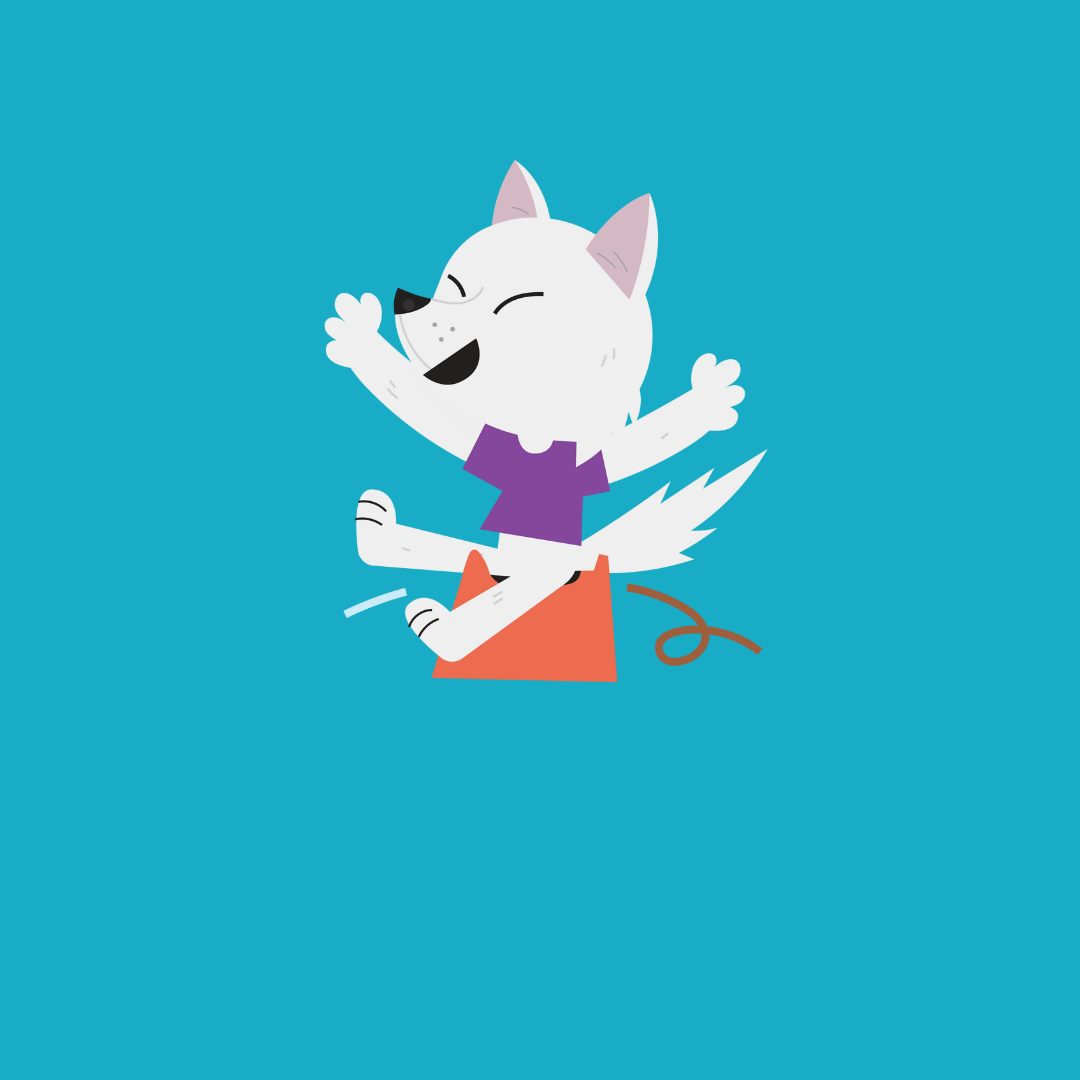Parent-child communication and toilet words
Using the right words and tone makes potty training clear, safe and predictable for your child. Language helps not only to explain steps, but also to name feelings and celebrate small successes. In this article you will learn how to choose simple toilet words, how to use short example sentences at each stage, how to respond to "no" or excitement, and how to speak one language together with other educators. In this way, understanding and motivation will grow - the key to potty training.
Why language helps so much
Children learn through repetition and predictability. The same words and sequence over and over give peace of mind: your child knows what is coming and what is being asked. Language works in three ways:
- Understanding: simple words (pee, poop, wet, dry, potty, toilet) make the process clear.
- Doing: short sentences direct behavior: "We're going to try for a while." "Pants down, sit, ready."
- Regulate feelings: neutral, kind words reduce tension and embarrassment: "Oops, wet. We'll clean it up."
Use a quiet voice and short sentences. Don't preach, just clearly. This way potty training will not be a struggle, but a recognizable routine.
Choose your word set (and keep it the same throughout)
Together with your family, choose 6-8 key words and use them everywhere (at home, at grandpa/daddy's, daycare). The less variety, the faster your child will understand what is meant.
- Keywords: pee, poop, wet, dry, potty, toilet, sit(s), wash hands.
- Brief instructions: "We're going to try for a while." "Pants down." "Sit." "Ready."
- Neutral to accidents: "Oops, wet." "We'll clean it up." "Clean pants on."
- Positive wrap-up: "Glad you listened to your gut." "High five."
Tip: Make a small A4 or app message with your set of words and share it with other educators. Unanimity = accelerator.
Sample phrases by phase (scripts you can use right away)
Use these short scripts in the four steps of the learning process. Repeat them at the same times, in the same order.
Step 1 - Generate interest
- Explanation: "This is your potty. You can sit on this when you have to pee or poop."
- Invite without pressure: "Do you want to take a look?" "We'll sit down for a while, then you can play again."
- Play/imagination: "Pop also sits down for a moment. Look, doll is already sitting."
Step 2 - First successes
- Starting point: "After dinner we'll have a try."
- During sitting (1-2 min): "Are we comfortable? One minute is enough."
- Result or no result: "Bye pee!" or "Nothing today. That's exercise too."
- Short celebration: "Glad you listened to your gut. High five."
Step 3 - Practice and routine
- Transition out of game: "Try first, then play on."
- Name steps: "Pants down → sit → ready → wash hands."
- Accident: “Oops, wet. We'll clean it up. Clean pants, all done.”
Step 4 - Independence (diaper off).
- Own direction: "Do you feel something in your tummy? Then you go to the potty by yourself."
- Outdoors: "We're going out in a minute. We'll try for a while, then put on shoes."
- Compliment on effort: "How independently did you do that!"
Important: Keep scripts short. Short, set sentences stick and prevent discussion.
Listening to your child: words, gestures and body language
Communication is a two-way street. Pay attention to what your child says as well as what he or she does.
- Words/sounds: "pee!", "poop!", "wet!", grumble, moan, "no".
- Gestures: reaching for crotch, pointing to toilet, grabbing potty, tripping on toes.
- Body language: falling silent in play, wiggling, crouching, walking around restlessly.
Respond with a short, inviting sentence: "Do you feel something in your tummy? We're going to try for a while." This is how you teach your child to link: feeling → action. Also name feelings: "Exciting, right? I'll help you. We'll do it together."
Dealing with "no," shame or tension (co-regulation)
Resistance is part of toddlers. The less charge you give, the faster it subsides.
- Making small: "We do one minute. After that booklet."
- Choice within your framework: "Potty or toilet?" "Now or after the story?"
- Remaining neutral in case of accidents: "Oops, wet. We'll clean it up." (no sighing, no preaching)
- Acknowledge feeling: "You don't like it. I'm with you. We'll do it quietly."
- Recovery sentence after struggle: "We'll try again later. Now play for a while."
Use fixed, calm phrases. Your calmness is contagious; with it you regulate emotions and keep the way clear to practice again.
One language with all educators (home, daycare, grandparents)
Children learn faster when language and routines are the same everywhere. Here's how you tackle it:
- Share your wordset and 2-3 set times per day (e.g., after dinner, after nap, before outside).
- Brief transfer: "2× tried, 1× succeeded, 1 mishap. Calm down."
- Poster or pictograms at potty/toilet: visualize the sequence. Less talking, more understanding.
- Agreement in case of disagreement: "We try these words and moments for 2 weeks; then we evaluate."
Stay friendly and clear: unambiguous language is not "strict protocol," but a tool to give your child assurance.
Frequently asked questions
Can I use diminutives or jokes?
Yes, if it relaxes your child. Do keep the key words clear and always the same. Humor is allowed, but avoid teasing or ridicule if there is an accident.
Which words are "best"?
The best words are short, consistent words that everyone uses. Choose what suits you (pee/poop instead of official terms), and keep it consistent.
My child doesn't talk much yet. How do I communicate?
Work with gestures and pictograms. Point to the potty, put a hand on the tummy and say "pee?" Show what you mean and keep sentences super short.
What do I say when afraid of pooping on the potty?
Acknowledge the feeling: "It's exciting." Make the step small: support feet, sit for a while with book, if necessary with diaper on first. "We practice. You decide when it succeeds. I help."
How do I avoid discussion or negotiation?
Choose set moments and set phrases. Offer one small choice ("now or after the story?"), keep the rest the same. Talk briefly, do immediately.
Summary
Simple, repetitive toilet words and short example sentences make potty training clear and safe. Language helps your child understand what is expected, deal with feelings and experience success. Listen to words, gestures and body language, respond calmly to "no" and involve all educators in the same set of words and routines. This is how you use language to build understanding, motivation and confidence - exactly what is needed to become potty trained step by step.

.svg)







